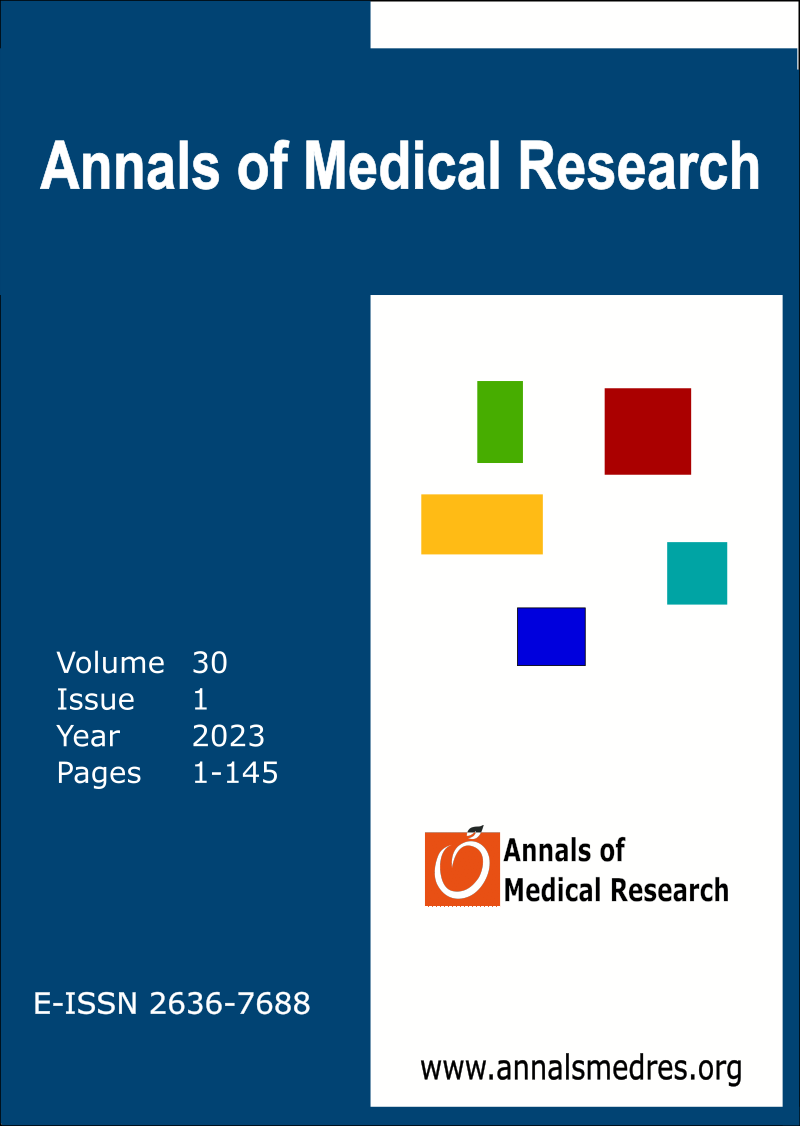Role of capnography in safe sedation of vitrectomy patients
Keywords:
Vitrectomy, Capnography, Sedation, End-tidal carbon dioxide, EtCO₂Abstract
Aim: To evaluate the efficiency of the capnography monitoring added to routine monitoring of oxygen desaturation, hypoxemia, and other vital parameters.
Materials and Methods: 100 adult patients who had elective vitrectomy under sedation were included in this study. Patients were divided into “experiment”(capnography added to routine monitoring) and “control”(capnography not added to routine monitoring) groups. Hypoxemia, desaturation, tachycardia, bradycardia, and additional maneuvers for the airway were compared. Increase and decrease in end-tidal carbon dioxide (EtCO₂) levels, hypoxemia, desaturation, Integrated Pulmonary Index (IPI) levels requiring attention (5-7), and intervention (1-4) were determined in the experiment group, and frequencies of them were assessed.
Results: Desaturation and bradycardia rates and counts in the experiment group were significantly lower than the control group. No significant difference was seen between groups in terms of hypoxemia, tachycardia, and additional maneuvers. 76%(38/50) of experiment group patients had decrease in EtCO₂, 10%(5/50) increase in EtCO₂, 38%(19/50) apnea, 52%(26/50) IPI levels requiring attention, 14%(7/50) IPI levels requiring intervention.
Conclusion: With the addition of capnography to routine monitoring of sedated vitrectomy patients, oxygen desaturation and bradycardia can be less likely to occur, and with instant follow-up of the EtCO₂, apnea, and IPI levels, respiratory depression can be recognized before oxygen desaturation develops.
Downloads
Published
Issue
Section
License
Copyright (c) 2022 The author(s)

This work is licensed under a Creative Commons Attribution-NonCommercial-NoDerivatives 4.0 International License.
CC Attribution-NonCommercial-NoDerivatives 4.0






